Oak Barrels
Oak barrels can be described as the winemaker’s spice rack. They add variety in flavor to the wine, from notes of sweet vanilla all the way to hazy smoke.
Wine has been aged in oak for thousands of years. And it’s almost as important to making many wines as the fruit itself, because without the oak barrels, wine would take on completely different textures, finishes, and aromas.
Pick a tree, any tree
You’ll notice that it’s always oak. Not cherry, not birch, not boab.
It’s because oak, out of all wood, has a special ability to take wine to another level, coaxing it to a place with more depth in both flavor and smell. It also helps that oak has a ton of variety itself, with major players being French, American and Hungarian oak — all of which bring their own unique characteristics.
Most of the trees that are harvested to make wine barrels are about 100 years old. And in France, forests harvested for oak barrels are famed, especially Tronçais, Nevers and Vosges. These forests have dry, cool climates that allow the trees to grow slowly, giving them a tighter wood grain.
Tightly grained trees are preferred because the wood has greater density. Which sounds kind of lofty, but really just means that the flavors from the wood can mix more evenly with the wine, creating a more balanced flavor altogether.
Making a barrel
Traditionally, the trees are felled and then hand split along the tree’s natural grain. Then they’re slowly air dried outdoors. This ensures that much of the existing tannins in the tree dissipate. Because, honestly, the skins of the wine grape have a decent amount of tannins on their own. Wine doesn’t need to take in much more from the barrel — unless you’re looking for a really bitter wine.
The main wood pieces of a wine barrel are called staves. They’re fitted tightly together so wine doesn’t leak out and so oxygen doesn’t leak in.
The staves are put together by heating them over a fire until they’re pliable so they can be bent into shape by hand. The process gives barrels their classic toasted characters, which comes from the natural sugars in the wood being carmelized by the fire.
Winemakers look for different levels of “toast” in their barrels, and it can make a huge difference in the wine.
And of course, the goal of every winemaker is to use an oak will bring out the best flavor in the wine. They have to be careful to match the level of toast with the intensity of the wine.
What happens to old barrels?
Then there’s neutral oak barrels — a barrel that’s been used before, usually between four and six years. After which, the barrel no longer gives wine a lot of wood flavor, essentially making it just a aging vessel.
Neutral oak allows winemakers to create more fruit-focused wines because the wine will not be heavily changed by the oak. All of which adds up to lighter, more delicate wines.
